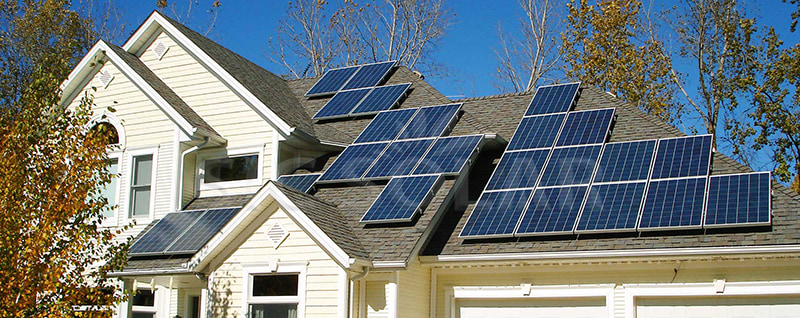In the quest for renewable energy, solar power stands out as a leading choice for both residential and commercial applications. As the world moves towards more sustainable energy solutions, the durability and performance of solar installations in various environmental conditions become paramount. One of the critical factors that influence the longevity and efficiency of these systems is the wind load capacity of solar mounting systems.
What is Wind Load Capacity?
Wind load capacity refers to the ability of a solar mounting system to withstand the forces exerted by wind. When the wind blows across a solar panel, it exerts pressure on the surface, which the mounting system must resist to prevent structural failure. This is particularly important in areas prone to extreme weather conditions, such as hurricanes, tornadoes, or heavy storms, where wind speeds can reach dangerous levels.
The Role of Wind Load in Solar System Performance
The wind load capacity directly impacts the performance and safety of a solar power system. A system with inadequate wind load capacity may suffer from damage, misalignment, or even total collapse during severe weather events. This not only leads to costly repairs but also poses safety risks to people and property.
- Structural Integrity: The primary function of solar mounting systems is to secure the solar panels in place. In high-wind scenarios, the force of the wind can cause panels to loosen or detach entirely if the mounting system is not robust enough. Ensuring that the mounting system has a high wind load capacity is crucial for maintaining the structural integrity of the entire installation.
- Energy Production: Misaligned or damaged solar panels due to wind can significantly reduce the efficiency of a solar power system. Panels that are not properly secured may shift position, leading to suboptimal angles for sunlight capture, which in turn reduces energy production.
- Safety Considerations: In extreme weather conditions, loose solar panels can become hazardous. They may detach from their mounts and cause damage to nearby structures or injure individuals. Therefore, choosing a solar mounting system with a high wind load capacity is not just about performance but also about safety.
Choosing the Right Solar Mounting System
When selecting a solar mounting system, it is essential to consider the environmental conditions of the installation site. Areas that frequently experience high winds or storms require systems designed to handle these challenges.
SIC Solar, a reputable manufacturer of photovoltaic mounting systems, understands the importance of wind load capacity in extreme weather conditions. Their systems are engineered to provide superior durability and reliability, even in the harshest environments. By investing in high-quality mounting solutions like those offered by SIC Solar, you can ensure that your solar installation remains secure and efficient, no matter the weather.
The Future of Solar Mounting Systems
As climate change continues to influence weather patterns, the need for resilient solar mounting systems will only grow. Innovations in design and materials are constantly being developed to improve wind load capacity and overall system performance. Companies like SIC Solar are at the forefront of these advancements, offering solutions that meet the evolving needs of the renewable energy industry.

The wind load capacity of a solar mounting system plays a critical role in its performance, especially in areas prone to extreme weather conditions. By choosing a system with high wind resistance, such as those provided by SIC Solar, you can protect your investment, ensure consistent energy production, and maintain safety. As the demand for renewable energy continues to rise, so too will the importance of robust and reliable solar mounting solutions.